In today’s digital age, anonymous forums and image boards have gained massive attention across the internet for their free-speech approach and unfiltered content sharing. One such platform that has created both curiosity and controversy is AnonIBs.
This article explores the origins, functionality, controversies and safety concerns surrounding AnonIBs, providing a detailed overview of what users must understand before engaging with any such platform.
What Are AnonIBs?
AnonIBs, short for Anonymous Image Board, was an online platform where users could post and share images without revealing their identity. It functioned much like other image boards (such as 4chan or 8chan) but with a darker edge. Unlike mainstream platforms, AnonIBs allowed complete anonymity, meaning users did not need to register or disclose personal information to participate in discussions or upload images.
The core idea was to enable open, unrestricted conversations and image exchanges. However, over time, the platform became infamous for hosting explicit and non-consensual content, drawing the attention of law enforcement agencies worldwide.
The Origin and Growth of AnonIBs
AnonIBs originated in the mid-2000s as an offshoot of traditional image-sharing forums in Japan. Initially, it hosted innocent categories like anime, gaming and photography. But as the community grew, some sections turned toward adult-oriented and unethical content, which eventually led to its downfall.
The growth of AnonIBs was fueled by:
- Complete user anonymity
- Decentralized moderation
- Region-based boards, including those for specific countries and interests
- Freedom of expression with minimal restrictions
This freedom, however, came with consequences. The lack of moderation and accountability made it a breeding ground for revenge porn, leaked private images, and other illegal activities.
Why Was AnonIBs Controversial?
The controversy surrounding AnonIBs stemmed from its misuse. Users often uploaded non-consensual photos, including stolen private images of individuals from social media accounts or hacked devices. These were categorized and shared under location-based or school-based threads, often targeting innocent victims.
Key issues included:
- Privacy Violations: Countless people were exposed without consent.
- Cybercrime: Many images were obtained through hacking and data theft.
- Exploitation: The site became a hub for revenge porn and illicit image trading.
- Lack of Accountability: The anonymous nature made it nearly impossible to track perpetrators.
Because of these violations, AnonIBs faced several takedowns and law enforcement actions across multiple countries.
Uses & Motivations for Anonibs Platforms
Anonymous boards like Anonibs exist for a reason, they satisfy specific needs that regular social media can’t. From personal expression to whistleblowing, these platforms appeal to people who crave privacy, authenticity, and unfiltered conversation.
Free Expression & Sharing Sensitive Thoughts
In the modern internet age, where every word can be traced, logged, or judged, anonymity gives users a rare freedom, the freedom to speak their minds.
On Anonibs-style platforms, users can express controversial opinions, discuss taboo subjects, or ask uncomfortable questions without fear of backlash.
Imagine someone struggling with political repression, or a person dealing with personal trauma. For them, anonymity isn’t just convenience, it’s safety. Many individuals turn to anonymous boards to share emotions, experiences, or doubts that they can’t reveal under their real names.
This liberation fuels honest conversation. People often reveal their truest selves when they don’t have to maintain a social image. That’s one reason why these platforms can feel raw, genuine, and deeply human, despite their chaotic nature.
Creative Work and Anonymous Art / Writing
Anonibs boards often attract creatives writers, artists, designers and meme-makers, who wish to share work without attaching personal identity.
Why? Because anonymity allows creativity to flourish without ego or fear of judgment. A poem, a digital artwork, or even an experimental story can be shared freely, evaluated purely for its content rather than the artist’s reputation.
In fact, many underground art communities began anonymously, later evolving into full-fledged creative movements. Anonibs boards, in this sense, become digital art galleries for the nameless, where talent speaks louder than names.
Support Groups and Mental Health Spaces
Beyond creativity, anonibs-style spaces often evolve into support networks for people dealing with anxiety, depression, or trauma. Anonymity encourages honesty: users can vent, seek advice, and connect with others who understand, all without judgment.
Of course, not all anonibs communities are healthy or moderated well, but when designed properly, these anonymous environments become sanctuaries for mental well-being. People can share their stories, find empathy, and release emotional burdens that they might suppress elsewhere.
Whistleblowing, Activism, and Leaking Information
Anonymity has a long history in activism and whistleblowing. Platforms similar to anonibs have been used by individuals to expose corruption, unethical practices, and social injustices, without risking personal safety.
When truth-telling meets fear of retaliation, anonymous communication becomes a necessity.
In authoritarian regions or workplaces where freedom of speech is limited, such platforms can become a digital voice for the voiceless. However, this noble purpose is often shadowed by misuse, which leads us to the next part.
Risks and Challenges of Anonibs Models
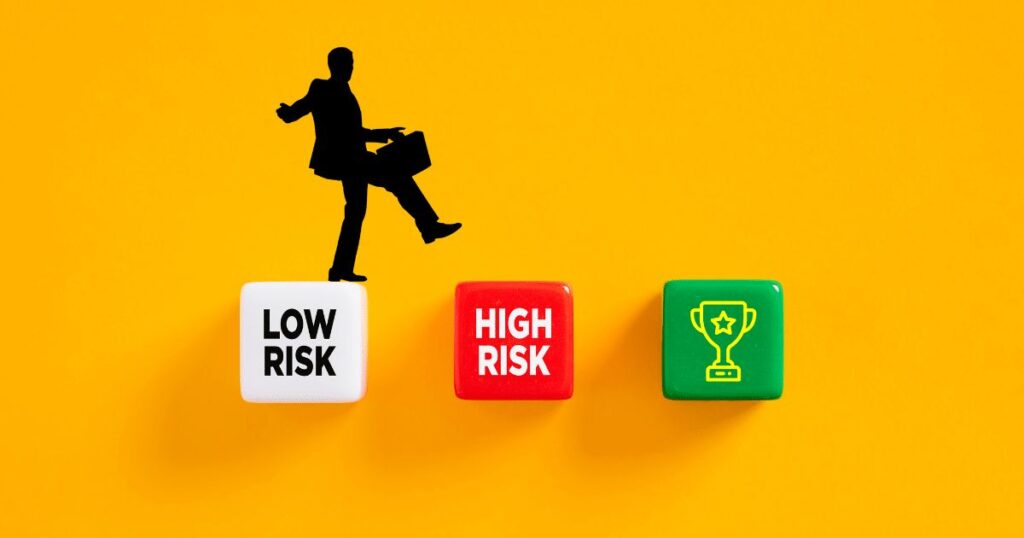
Anonymity may offer freedom, but it’s also a double-edged sword. Without accountability, some users cross moral and legal boundaries, harming others and undermining the very ideals of free expression.
Misuse: Harassment, Hate Speech and Defamation
One of the biggest issues with anonymous boards is the potential for abuse. When no one is held accountable, people sometimes unleash hostility or hate. Harassment campaigns, cyberbullying, and defamatory posts often find fertile ground in such spaces.
Victims of these behaviors face real psychological harm. The anonymity shield emboldens toxic users, turning freedom into chaos. That’s why modern anonibs-type platforms must balance expression with enforcement, ensuring harmful content is minimized without censoring genuine discussion.
Illegal or Non-Consensual Content
Perhaps the most controversial part of AnonIBs’ history was its association with non-consensual image sharing and explicit content. Some users exploited the anonymity to post private or intimate photos without consent, a clear violation of privacy and law.
Such misuse led to significant legal actions and takedowns. These incidents highlight the importance of ethical moderation and proactive protection.
If anonymity is to survive as a positive force online, communities must reject and report illegal activities rather than normalize them.
RELATED: What Is Anonib?
Legal Actions and Shutdown
As global attention grew, authorities began cracking down on AnonIBs. Investigations linked several users to major data breaches and cyberstalking incidents. Between 2017 and 2018, multiple arrests were made, and the site was permanently taken offline.
The shutdown marked an important step in the fight against online exploitation. However, several mirror sites and clones appeared afterward, continuing similar activities under different domain names. Law enforcement continues to monitor and remove such versions whenever discovered.
AnonIBs Alternatives: Legal and Safe Platforms
While AnonIBs was notorious for its misuse, the idea of anonymous discussion boards still appeals to many users. For those looking for safe, ethical alternatives, here are some recommended platforms:
| Platform | Description | Safety Level |
| 4chan | One of the oldest anonymous boards; contains both general and adult content. | Moderate |
| Reddit (Anonymous Subs) | Users can stay anonymous while engaging in discussions across thousands of topics. | High |
| Krautchan / 8kun | Successors to older imageboards with varying moderation policies. | Moderate |
| Discord / Telegram Channels | Provide anonymous group discussions under admin moderation. | High |
Privacy Concerns: Why You Should Be Careful?
Even though AnonIBs is no longer active, privacy concerns continue to arise from archived data and mirror sites. Many victims still struggle to remove leaked content years after the original site was taken down.
To protect yourself:
- Never share private images online, even with trusted individuals.
- Avoid uploading identifiable information on anonymous platforms.
- Use strong security measures such as two-factor authentication.
- Report illegal content immediately to the relevant authorities.
Remember, once something is uploaded online, it can spread permanently even after deletion.
Anonibs in the SEO & Branding Landscape
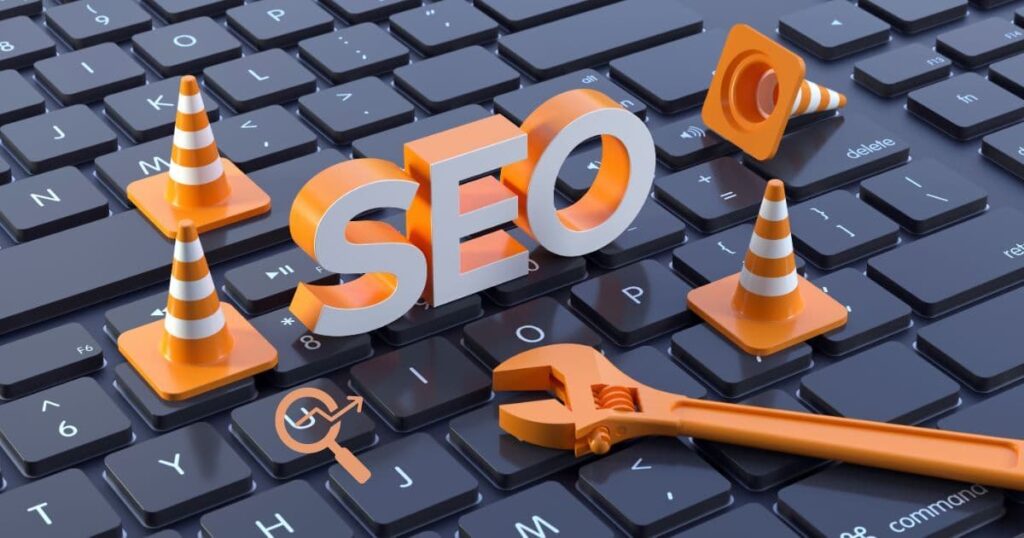
Interestingly, beyond its cultural meaning, “anonibs” has also carved a niche in the SEO and digital branding space. As a keyword, it’s unique, memorable, and underused, making it an attractive target for marketers, domain investors, and web developers.
Keyword Uniqueness and Search Potential
In SEO terms, “anonibs” is a low-competition keyword with steadily increasing search interest. Because the term is distinct and not overly saturated, websites that target it can rank quickly for related queries such as:
- “anonibs meaning”
- “anonibs image board”
- “anonibs website”
- “anonibs history”
This uniqueness allows brands to create authority content or niche sites focused on digital privacy, anonymity, or community culture, all anchored around a catchy keyword.
Domain Metrics for anonibs.com
The domain anonibs.com has appeared on analytical platforms like SEMrush and Hypestat, showing measurable traffic despite limited mainstream awareness.
Metrics like:
- Domain Authority (DA) around 20–30
- Traffic sources from multiple countries
- Niche backlinks from tech and privacy blogs
These stats suggest that “anonibs.com” is an active or semi-active domain with SEO value. Whether it’s used for blogging, community hosting or affiliate content, its rarity gives it branding potential.
The Dark Web Connection
Some AnonIBs clones now operate on the dark web, accessible only via specialized browsers like Tor. These hidden sites often claim to replicate the “freedom” of the original AnonIBs but are illegal and unsafe. They can expose users to:
- Malware and phishing attacks
- Government surveillance
- Criminal charges if caught accessing or sharing illicit material
Users are strongly advised to avoid any dark web mirror of AnonIBs or similar boards.
Impact on Online Communities
The rise and fall of AnonIBs highlighted the dangers of unchecked anonymity. While anonymity can empower free expression, it can also foster toxic behavior when there are no ethical boundaries. The site’s legacy serves as a reminder that freedom online must come with responsibility.
Modern platforms are now implementing AI-driven moderation, user reporting systems and content filters to strike a balance between privacy and safety. These measures help maintain a secure digital environment for everyone.
How to Protect Yourself from Revenge Porn and Image Leaks?
If you suspect that your private content has been leaked or shared without consent, follow these immediate steps:
- Document Evidence: Take screenshots and URLs.
- Report to Authorities: Contact local cybercrime units or police departments.
- Use Takedown Requests: Many websites have legal removal procedures.
- Consult Legal Experts: Many countries now have specific revenge porn laws protecting victims.
- Seek Emotional Support: Reach out to professional counselors or online support groups.
FAQ’s
Why was AnonIBs shut down?
It was shut down due to widespread sharing of non-consensual and illegal images.
Is AnonIBs still accessible today?
No, the original site is permanently offline, but some unsafe clones exist.
Are there safe alternatives to AnonIBs?
Yes, platforms like Reddit and 4chan offer moderated anonymous discussions.
How can I protect my privacy online?
Avoid sharing personal photos, use strong passwords and report suspicious sites immediately.
Conclusion
AnonIBs may be gone, but its impact on internet privacy and ethics remains a powerful lesson. The platform showed how anonymity, while valuable, can easily be abused when combined with malicious intent. As responsible digital citizens, we must prioritize online safety, ethical content sharing, and respect for others’ privacy.
By understanding what happened with AnonIBs, users can make better choices about where and how they interact online. Staying informed is the best defense against the darker side of internet freedom.


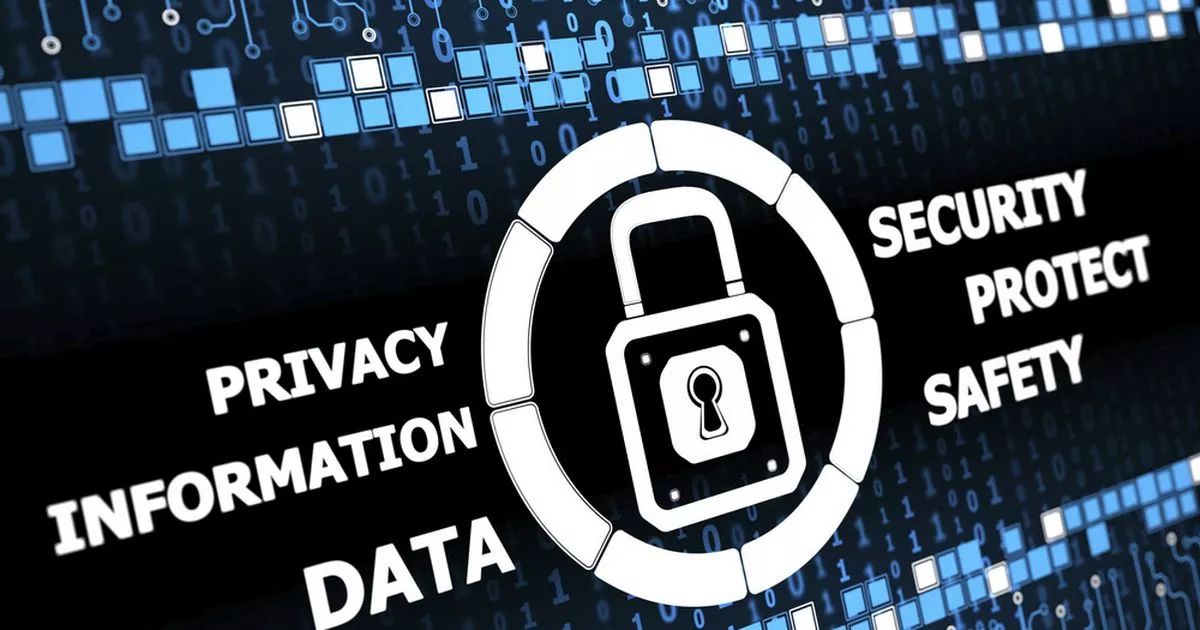
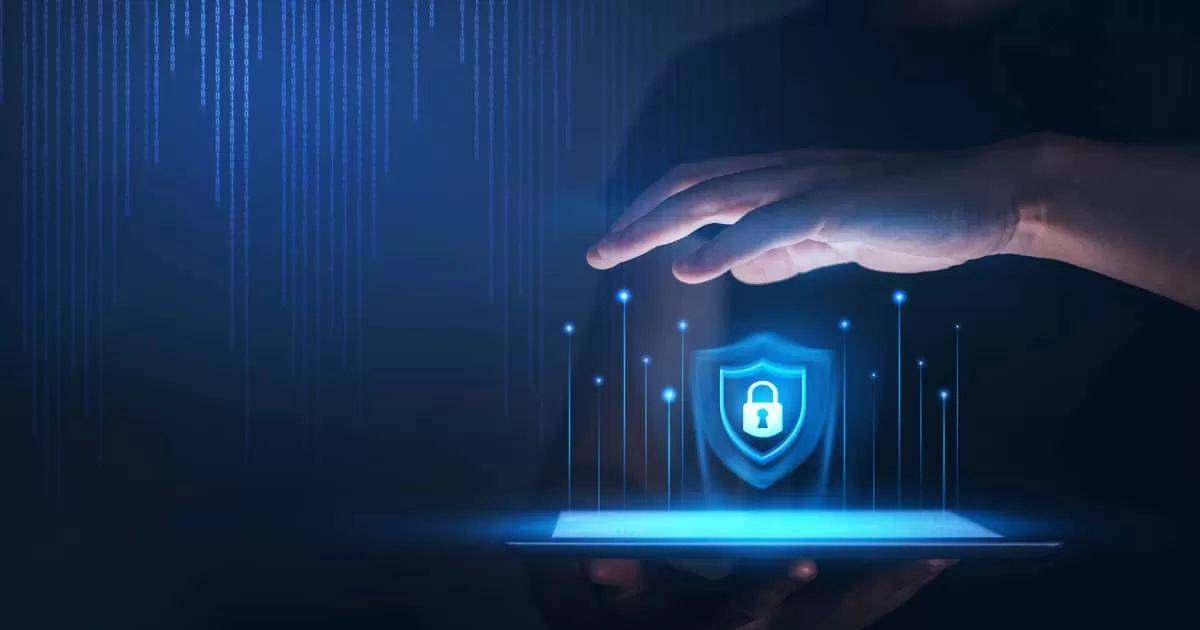
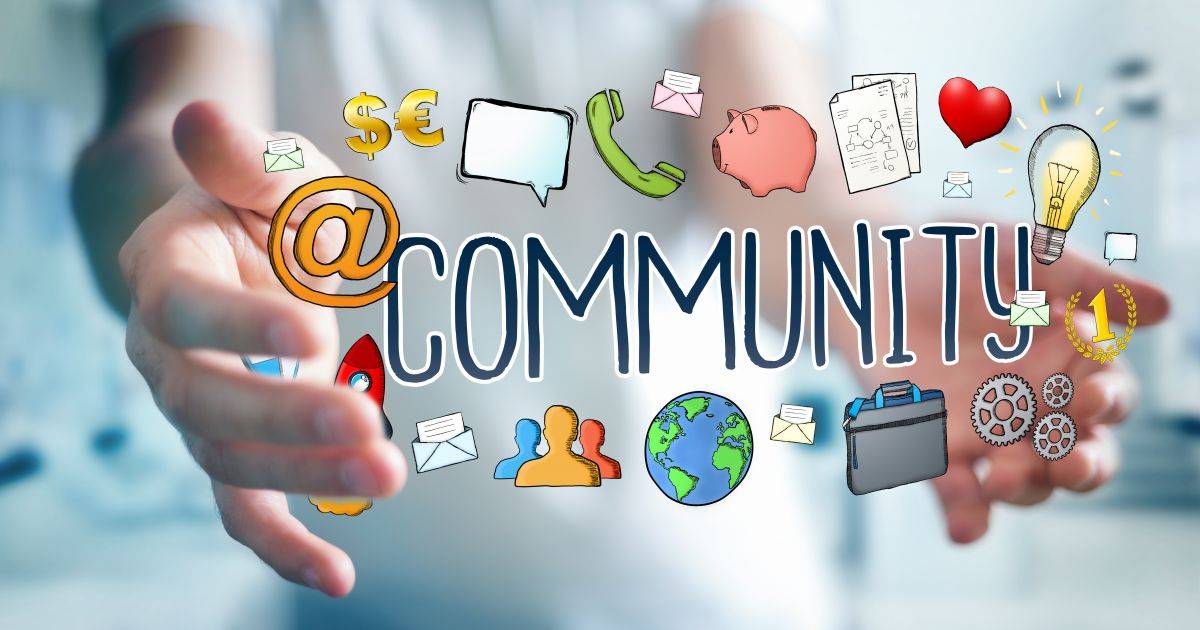
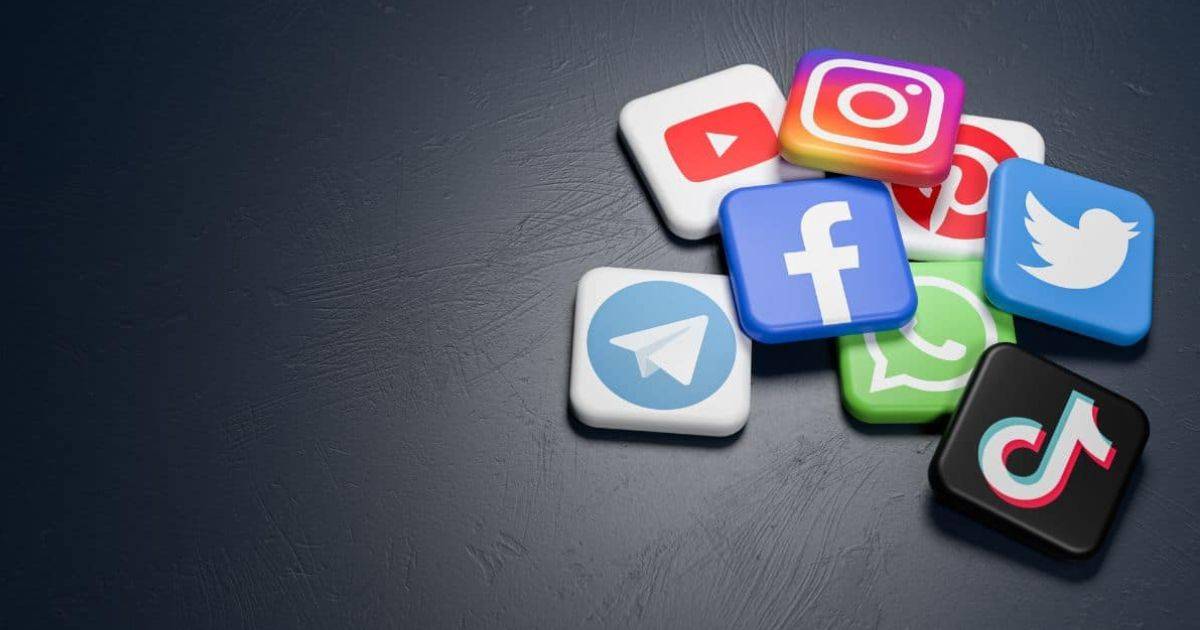
Leave a Reply